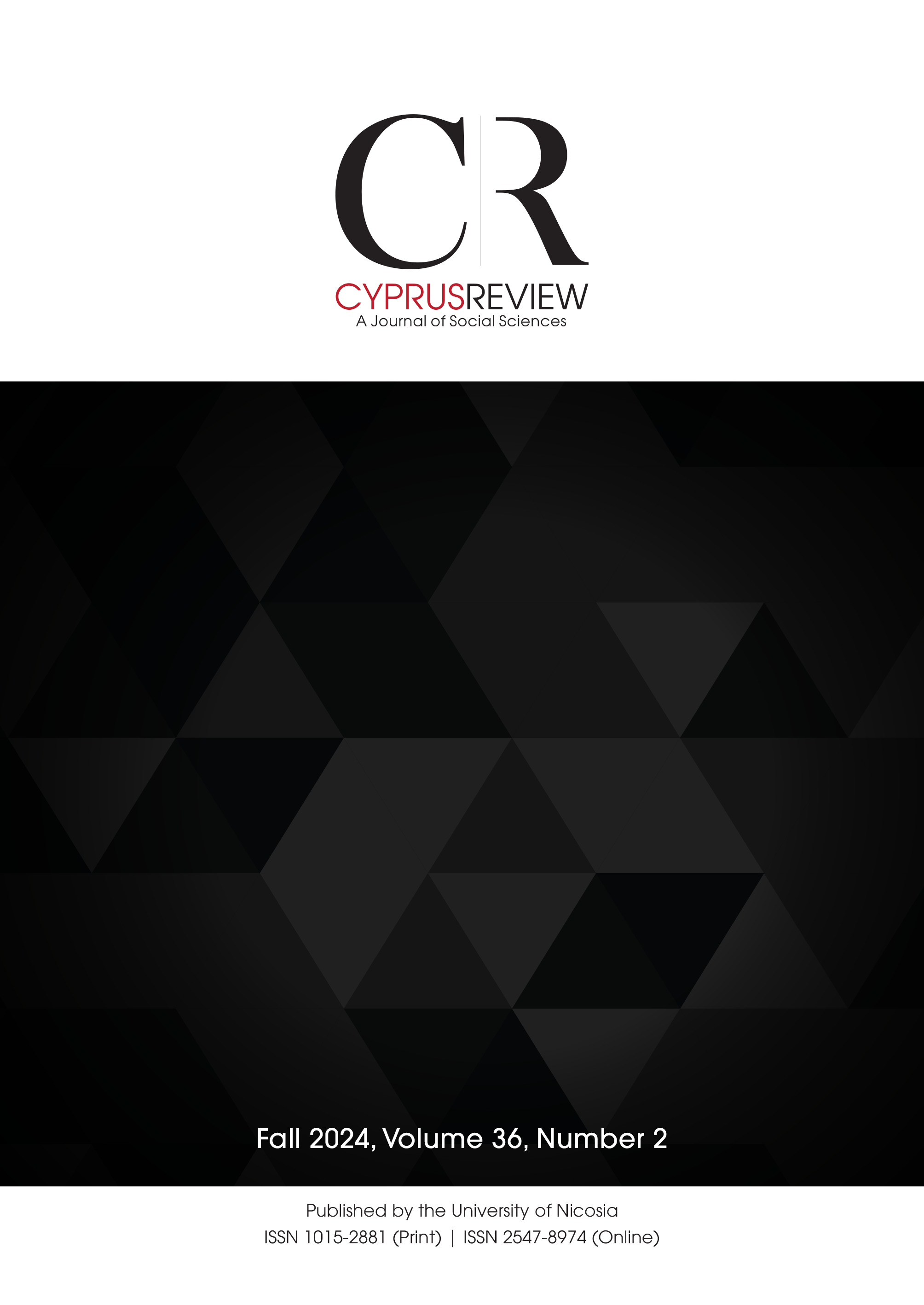Dance Genealogy: Tracing the Unarchived Epistemology of Practice
##plugins.themes.bootstrap3.article.main##
Abstract
The epistemology of dance, namely, how dance is understood and the circumstances through which it is utilised and re-enforced as knowledge-making, is paramount to the development of dance and its history. I am not concerned about defining what dance is—that is separate from the main discussion of this article; rather, I address the way and the conditions in which it is captured, archived, transmitted, and re-used. A dance genealogy can be synthesised by examining one’s autoethnographic dance archive, including unarchived content. Applying dance genealogy to trace the historiographic and ethnographic lines of thought about matters pertaining to dance and performance is a crucial requirement for further study and exploration. In this article, I discuss an excerpt of my autoethnographic dance-based journey and piece together the experiences I collected, as well as the practices and knowledge that shaped my dance genealogy. Using my background helps form a point of reference for further critical analysis. It offers a method of combining research on the performativity of dance, as experienced from the practitioner’s and archive user’s perspective, and the liveness of dance through reflecting on experiential knowledge. This creates another relationship of critical analysis between the epistemology of the (dance) practitioner and their genealogy so as to open up a post-structural methodological approach to inscribing cultural and social history.
##plugins.themes.bootstrap3.article.details##
dance genealogy, memory, embodied practice, embodied archive, autoethnography
Copyright: © University of Nicosia, Cyprus
All rights reserved.
No restrictions on photo-copying.
Quotations from The Cyprus Review are welcome, but acknowledgement of the source must be given.

